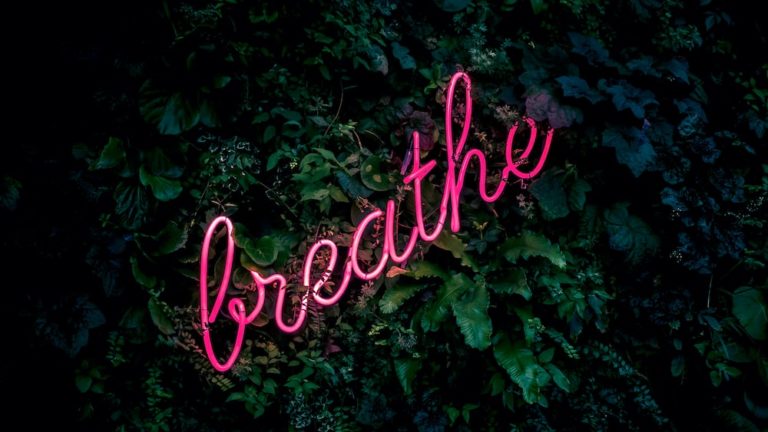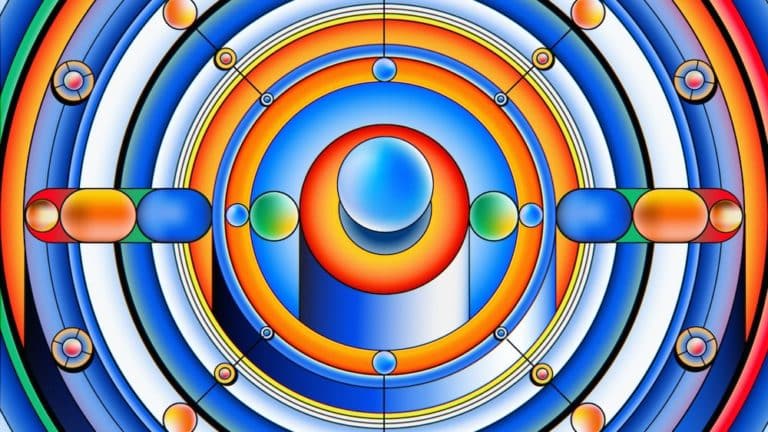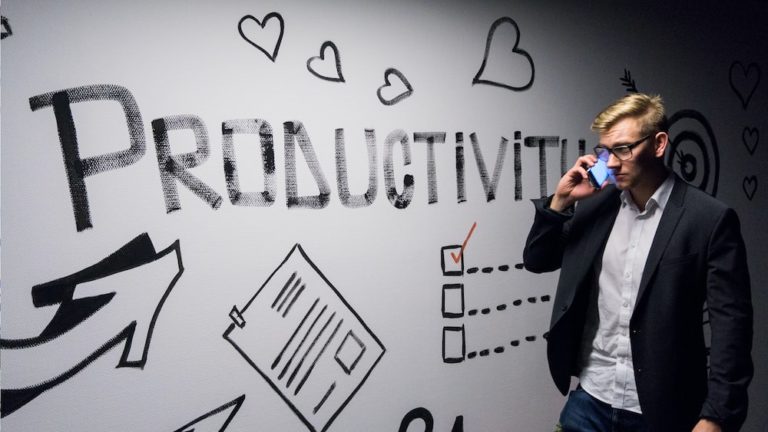Mindfulness And Creativity: Enhance Your Innovation
Welcome, fellow self-improvement enthusiasts! Are you on the lookout for ways to boost your creative prowess and enhance your innovative thinking? Look no further, because we’ve got just the right blend of mindfulness and creativity to help you achieve that. In this article, we’ll explore the intimate connection between mindfulness and creativity, and how integrating them can lead to a more fulfilling and innovative life.
We’ll start off by defining mindfulness and creativity, and then delve into the fascinating relationship between the two. We’ll also be sharing some practical techniques and strategies to help you integrate mindfulness and creativity in your daily life. By the end of this journey, you’ll be equipped with the knowledge and tools to harness the power of both mindfulness and creativity, leading to a more innovative and adaptable you. So, are you ready to transform your life? Let’s dive in!
Understanding Mindfulness and Creativity
Before we embark on this exciting adventure, it’s essential to establish a solid understanding of the two key concepts – mindfulness and creativity. By doing so, we set the stage for an effective and fruitful exploration of their connection and the various ways they can complement each other.
Defining Mindfulness
Mindfulness is a mental state achieved by focusing one’s awareness on the present moment, while calmly acknowledging and accepting one’s feelings, thoughts, and bodily sensations. It’s about being fully present and engaged in the current moment, without getting lost in the whirlwind of thoughts and emotions that might otherwise occupy our minds. Practicing mindfulness is like cultivating a garden: we tend to our thoughts and emotions, nurture positive seeds, and gently weed out the negative ones.
There are various ways to practice mindfulness, such as meditation, yoga, or simply paying full attention to everyday tasks. Regardless of the method, the goal remains the same: to develop a heightened sense of self-awareness and self-regulation, ultimately leading to improved mental clarity, emotional stability, and overall well-being.
Mindfulness is about being fully present and engaged in the current moment, without getting lost in the whirlwind of thoughts and emotions that might otherwise occupy our minds, leading to improved mental clarity, emotional stability, and overall well-being.
Defining Creativity
Creativity, on the other hand, is the ability to generate novel and valuable ideas, solutions, or expressions. It’s a process that involves thinking outside the box, connecting seemingly unrelated ideas, and taking risks. In essence, creativity is the fuel that drives innovation and progress.
Although often associated with artistic pursuits, creativity is an essential skill in many aspects of life, from problem-solving to personal growth. It’s the spark that ignites our imagination, pushing us to explore new possibilities and break free from the confines of conventional thinking.
The Connection Between Mindfulness and Creativity
Now that we have a clear understanding of mindfulness and creativity, let’s explore the fascinating ways in which they intersect and influence each other.
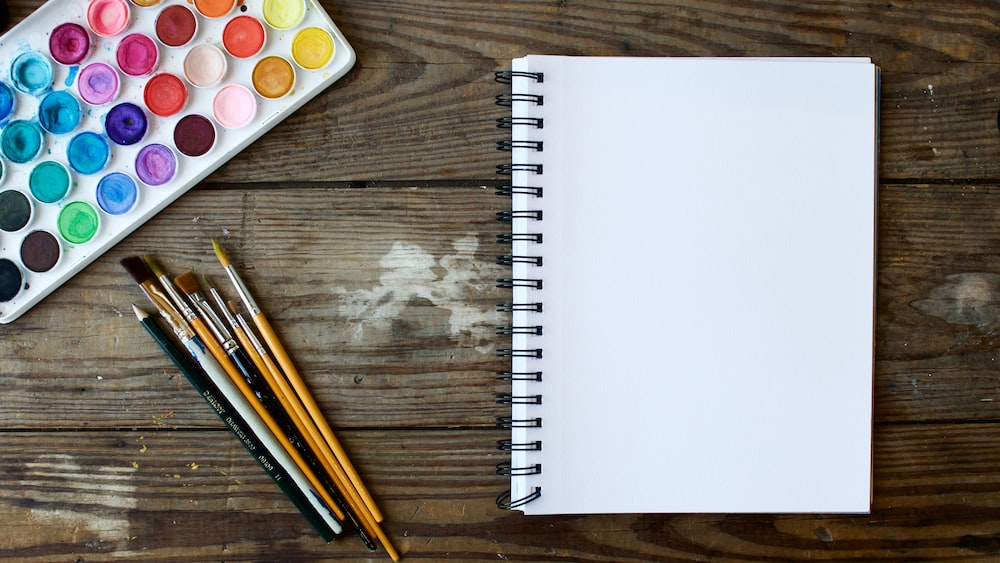
The Role of Mind-Wandering in Creativity
At first glance, mind-wandering might seem like the antithesis of mindfulness. After all, mindfulness is all about being present, while mind-wandering involves letting our thoughts drift away from the present moment. However, research has shown that mind-wandering can play a crucial role in the creative process.
When our minds wander, they are free to explore new connections and possibilities without the constraints of focused attention. This can lead to the generation of novel ideas and insights, which are the building blocks of creativity. For example, imagine you’re trying to solve a complex problem. By allowing your mind to wander and explore different scenarios, you might stumble upon a solution that you wouldn’t have thought of through focused thinking alone.
However, the key here is to strike a balance between mind-wandering and mindfulness. Too much mind-wandering can lead to a lack of focus and productivity, while excessive mindfulness might inhibit the free flow of ideas that sparks creativity.
How Mindfulness Enhances Creative Thinking
Mindfulness can act as a catalyst for creativity in several ways. First, by fostering a non-judgmental awareness of our thoughts and emotions, it helps us overcome the fear of failure and self-doubt that can stifle creative thinking. When we’re mindful, we’re more open to exploring new ideas and taking risks, which are essential ingredients for innovation.
Second, mindfulness helps to quiet the constant chatter of our minds, allowing us to tap into our inner reservoir of creativity. When we’re not bombarded by distractions and racing thoughts, we can access a deeper level of insight and intuition that can fuel the creative process.
Techniques to Integrate Mindfulness and Creativity
Now that we’ve established the connection between mindfulness and creativity, let’s explore some practical techniques that can help you integrate both into your life.
Mindful Meditation for Creative Inspiration
One effective way to combine mindfulness and creativity is through mindful meditation. This practice involves focusing your attention on a single object, such as your breath, while maintaining an open and non-judgmental awareness of your thoughts and emotions.
As you meditate, you might notice that your mind naturally starts to wander. Instead of resisting this tendency, try to gently guide your mind-wandering towards creative exploration. For example, you could visualize a specific problem you’re trying to solve or a project you’re working on, and allow your mind to generate new ideas and insights related to that topic. Remember, the key here is to maintain a balance between mindfulness and mind-wandering, ensuring that you stay present and engaged while also giving your imagination free rein.
Combining mindfulness and creativity can be achieved through mindful meditation by guiding your mind-wandering towards creative exploration.
Constructive Mind-Wandering Techniques
Constructive mind-wandering is the art of letting your thoughts flow freely while maintaining awareness of your mental state. In a way, it’s like giving your brain the space to explore new ideas and make unexpected connections. Here are a few techniques to help you get started with constructive mind-wandering:
- Set aside dedicated time for mind-wandering: Designate a specific time of day or week to allow your thoughts to roam without any specific agenda. This creates a safe space for your mind to wander and explore without feeling guilty or pressured.
- Practice mindfulness during mind-wandering sessions: As your mind wanders, pay attention to your thoughts without judging them or trying to control them. This allows you to observe your thought patterns and gain insights from them.
By integrating these techniques into your routine, you can harness the power of constructive mind-wandering to boost your creativity and innovation.
Cultivating a Non-Judgmental Mindset
A non-judgmental mindset is crucial for unlocking your creative potential. It allows you to accept and explore ideas without instantly dismissing them. Here are some tips to help you cultivate a non-judgmental mindset:
- Practice self-compassion: Treat yourself with kindness and understanding, even when you feel like your ideas aren’t good enough. Remember that everyone has their moments of self-doubt, and it’s important to move past them.
- Adopt a growth mindset: Embrace the idea that your creative abilities can be developed and improved over time. This mindset encourages you to take risks and learn from your mistakes, rather than letting fear of failure hold you back.
Cultivating a non-judgmental mindset takes time and practice, but the rewards are well worth the effort. By embracing this mindset, you can unlock your creative potential and achieve greater levels of innovation and success.
The Benefits of Combining Mindfulness and Creativity
By integrating mindfulness and creativity into your life, you can experience a range of benefits that enhance your overall well-being, productivity, and success. Let’s explore some of these advantages in more detail.
Improved Focus and Concentration
Mindfulness and creativity work together to sharpen your focus and concentration. Practicing mindfulness trains your brain to be more present and aware, allowing you to direct your attention more effectively. This, in turn, leads to:
- Better performance on tasks that require concentration and attention to detail.
- Increased productivity and efficiency in daily activities.
Moreover, engaging in creative activities can help you develop your ability to focus on a single task for extended periods, further enhancing your concentration skills.
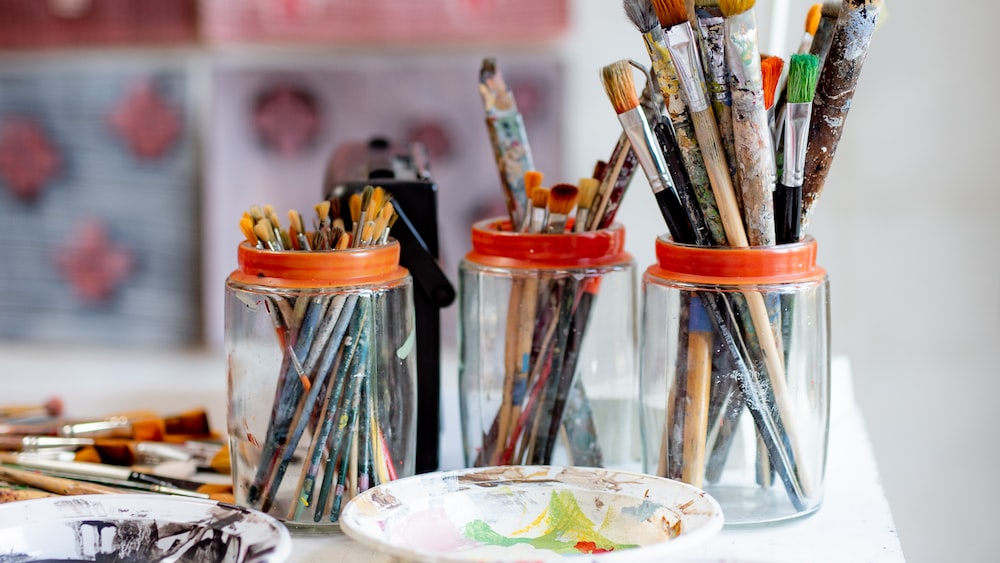
Enhanced Problem-Solving Skills
By combining mindfulness and creativity, you can develop exceptional problem-solving skills. Mindfulness allows you to approach problems with a clear and open mind, while creativity helps you generate novel and innovative solutions.
Some benefits of improved problem-solving skills include:
- The ability to tackle complex challenges and find effective solutions.
- Enhanced critical thinking and decision-making abilities.
By honing these skills, you can tackle life’s challenges with confidence and ingenuity.
Increased Innovation and Adaptability
In today’s fast-paced world, innovation and adaptability are more important than ever. By practicing mindfulness and engaging in creative activities, you can:
- Cultivate a mindset of continuous learning and growth, allowing you to adapt to new situations and challenges.
- Generate new ideas and approaches, leading to increased innovation in your personal and professional life.
These benefits can give you a significant edge in both your personal and professional endeavors.
Implementing Mindfulness and Creativity in Everyday Life
Now that we’ve explored the benefits of mindfulness and creativity, it’s time to take action and incorporate these practices into your daily routine. Here are some tips to help you get started.
Incorporating Mindfulness Practices into Daily Routine
Incorporating mindfulness practices into your daily life doesn’t have to be complicated or time-consuming. Here are some simple ways to get started:
- Start with short meditation sessions: Begin by setting aside just a few minutes each day to practice mindfulness meditation. Gradually increase the duration as you become more comfortable and experienced.
- Integrate mindfulness into everyday activities: Look for opportunities to practice mindfulness throughout your day, such as during your morning commute or while preparing dinner. By making mindfulness a part of your regular routine, it becomes a natural and effortless habit.
With consistent practice, you’ll begin to experience the benefits of mindfulness in your daily life, paving the way for enhanced creativity and innovation.
Encouraging Creative Expression and Exploration
Creative expression and exploration are essential ingredients for innovation. But how do you encourage these in your daily life? First, try to make time for creative activities. Whether it’s painting, writing, dancing, or anything else that sparks your imagination, dedicating time to these pursuits can help you develop your creativity.
Next, don’t be afraid to experiment and take risks. Embrace the idea that failure is just another part of the creative process. By allowing yourself to make mistakes and learn from them, you’ll be more willing to explore new ideas and push the boundaries of your creativity. And remember, be patient with yourself! Developing your creative skills takes time and practice. So don’t get discouraged if you’re not an overnight success.
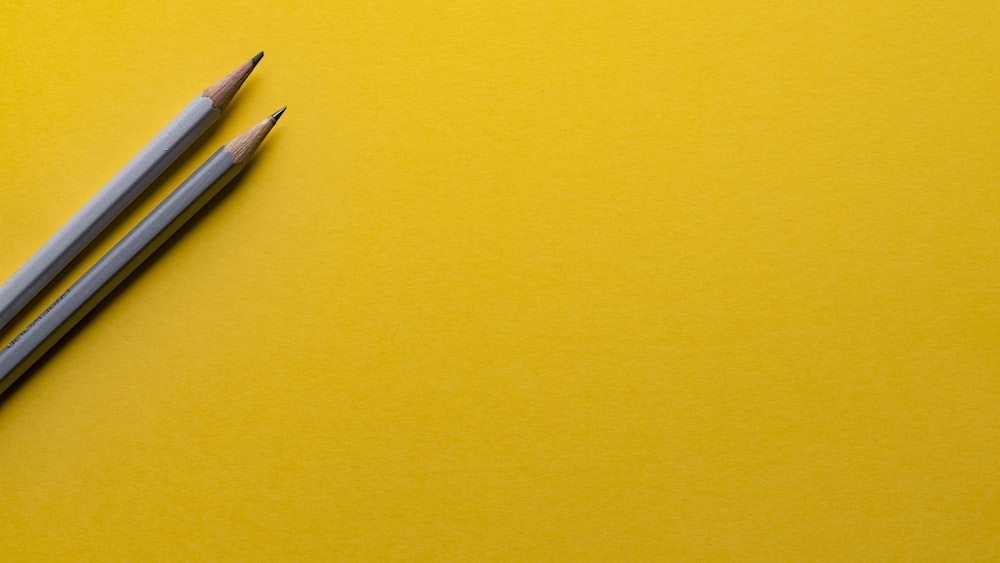
Encourage creative expression and exploration in your daily life by making time for creative activities, experimenting and taking risks, and being patient with yourself as developing your creative skills takes time and practice.
Creating a Supportive Environment for Mindfulness and Creativity
Creating a supportive environment for mindfulness and creativity is crucial to their successful integration. One way to do this is by designing a dedicated space for your mindfulness and creative practices. This can be a specific room or even just a corner of your living space, but the key is to make it a place where you feel comfortable and inspired.
Additionally, surround yourself with people who support and encourage your creative endeavors. Positive reinforcement from friends, family, or peers can go a long way in helping you stay motivated and committed to your mindfulness and creative practices. Remember, collaboration and exchanging ideas with others can lead to remarkable innovations.
FAQs
1. How can mindfulness help improve my creativity?
Mindfulness can help improve your creativity by fostering a non-judgmental mindset and promoting mental clarity. By practicing mindfulness, you become more aware of your thoughts and emotions, allowing you to better understand and overcome creative blocks.
2. Can too much focus on mindfulness hinder my creative process?
Too much focus on mindfulness can potentially hinder your creative process if it leads to excessive control over your thoughts and emotions. The key is to strike a balance between mindfulness and allowing your mind to wander, as mind-wandering can be a valuable source of creative inspiration.
3. What are some examples of mindfulness practices that can boost creativity?
Some examples of mindfulness practices that can boost creativity include mindful meditation, deep breathing exercises, and engaging in activities that promote a state of flow, such as painting, writing, or playing music.
4. How can I create a balance between mindfulness and mind-wandering for optimal creativity?
Creating a balance between mindfulness and mind-wandering for optimal creativity involves practicing mindfulness techniques while also allowing space for your mind to wander and explore new ideas. This can be achieved by setting aside specific times for mindfulness practice and other times for creative expression, allowing both focused attention and free-flowing thought to coexist.
Conclusion
In conclusion, mindfulness and creativity are powerful allies when it comes to enhancing your innovation and problem-solving skills. By understanding the connection between these two concepts and implementing techniques to integrate them, you can unlock your full creative potential.
Remember to nurture a non-judgmental mindset and give yourself the freedom to explore and experiment with new ideas. By incorporating mindfulness practices into your daily routine and creating a supportive environment for creativity, you’ll be well on your way to living a more inspired and innovative life.
So, are you ready to embark on this exciting journey of self-discovery and growth? Embrace mindfulness and creativity as your trusted companions, and watch as they lead you to a world of endless possibilities and newfound inspiration. The power to transform your life lies within you – all it takes is the courage to take that first step. Happy exploring!
I wish you the best! Fabian.
Share with your Friends:
